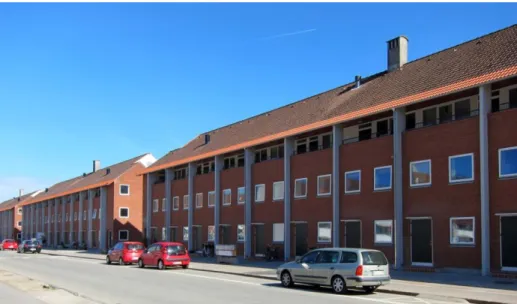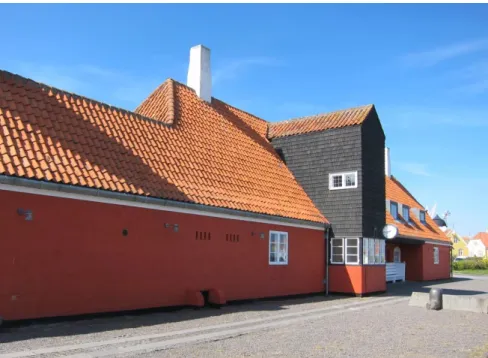Regionalism and the Functional Tradition in Danish Modern Architecture
Texto
Imagem


Documentos relacionados
A total of 58 accessions were used in this study: 19 landraces and 13 wild accessions from Portugal and 26 reference culti- vars that originated in seven countries (England, USA,
Identificou-se 196 marcadores SNPs com alto conteúdo polimórfico para a realização de diversos estudos genéticos na cultura da mandioca, sobretudo para a
Este artigo discute o filme Voar é com os pássaros (1971) do diretor norte-americano Robert Altman fazendo uma reflexão sobre as confluências entre as inovações da geração de
Resumo: Este artigo busca discutir o conceito de arte patrimonial elaborado por Mário de Andrade para o anteprojeto de criação do Serviço do Patrimônio Artístico
In particular, we consider roles from a micro perspective (that is, from the perspective of the agents), where the role other agents are playing in the system provides information
Nesta prática, chamei o processo de enfermagem de Processo de Interação em Enfermagem, pois entendo este processo, como uma atividade de aproximação entre as
A flux analysis of the DG1 (pSPD5) recombinant strain under glycerol feeding, shows that not only the NADH generated in glycolysis but also the NADH produced from reduced
que é feito pelo departamento de marketing, mas sim pelo trabalho pelos mais variados departamentos e secções do grupo, através de números divulgados pelo grupo como a